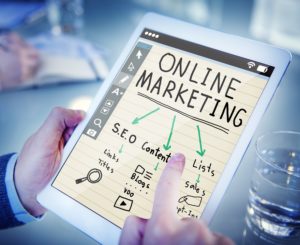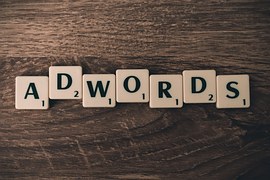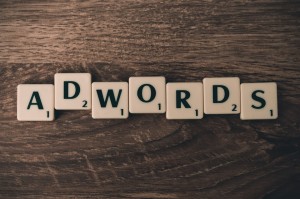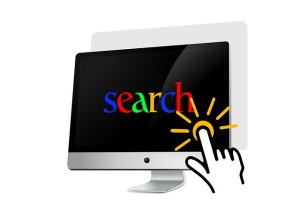Your Customers are Looking for You, but Can They Find You?
These days, more than ever, it’s not enough just to be good at your business – you have to know how reach your customers and potential customers where they live. And, today, more and more of them are living online. So, if they can’t find you on their computers, tablets, and smart phones, then you are probably losing them to your competition. Here are some tips that will help them find you when they look:
1.You must have a professional looking website that is highly functional and easy to navigate. If your customers can’t get the information they are seeking within seconds, they will hit the back button and go looking somewhere else. Make sure that your website meets current usability standards and that it is optimized for use on a mobile phone; that the information is correct and up-to-date; and that it is easy for a potential customer to do business with you.
2. Concentrate on your local market as most consumers still prefer to do business with those nearby. Search engines like Google, Yahoo!, and Bing provide business owners with a free way to get businesses listed ahead of all the search results via their default map systems.
3. Get listed on review sites. People want to know that others have done business with you and have had positive experiences.
4. Attract buyers by blogging. Blogging not only elevates your professional profile, it can help raise your company website to the top of the search engines pages.
5. Use social media. People buy into you before they buy from you. Social media lets you connect with potential customers without coming on too hard as a salesperson. By having an open, interesting dialog with people who may be interested in your goods or services, you stay in their minds. Then, when they are ready to buy, they are more likely to remember you.
6. Use online press releases. Think about all the new and interesting things going on in your business and write an article about them. Embed a few links back to your website, and send the release to the most appropriate online press release services.
7. Shoot a video and upload it to YouTube, or any of the other video sharing sites, and be sure to link it directly to your website. Then promote the video with social media to increase your online presence.
8. Send out regular email newsletters to current customers and anyone else who has contacted you in one way or another. By sending out fresh, new content on a regular basis, you’re reminding your customers that you’re still out there.
9. Content is still king. Create useful content and give it away free to your customers on your website. There are many types of online content: white papers, articles, reports, case studies, and webinars, for example. In addition, the more useful and original your content, the higher your site will rank on search engines.
10. If your budget allows, pay for online ads with Google Adwords and/or Bing Adwords. Paid placement will get your business on the front page of their search engines when customers are surfing the web. Get some professional advice, though, before you spend a dime. Doing it right can help your business thrive; doing it wrong can wreck your bottom line.
Remember the old conundrum: If a tree falls in the forest and there’s nobody there to hear it, does it make a sound? Well, if your customers are looking for you, but can’t find you, can you really do business with them?
 1-844-47-Click (1-844-472-5425)
1-844-47-Click (1-844-472-5425)






